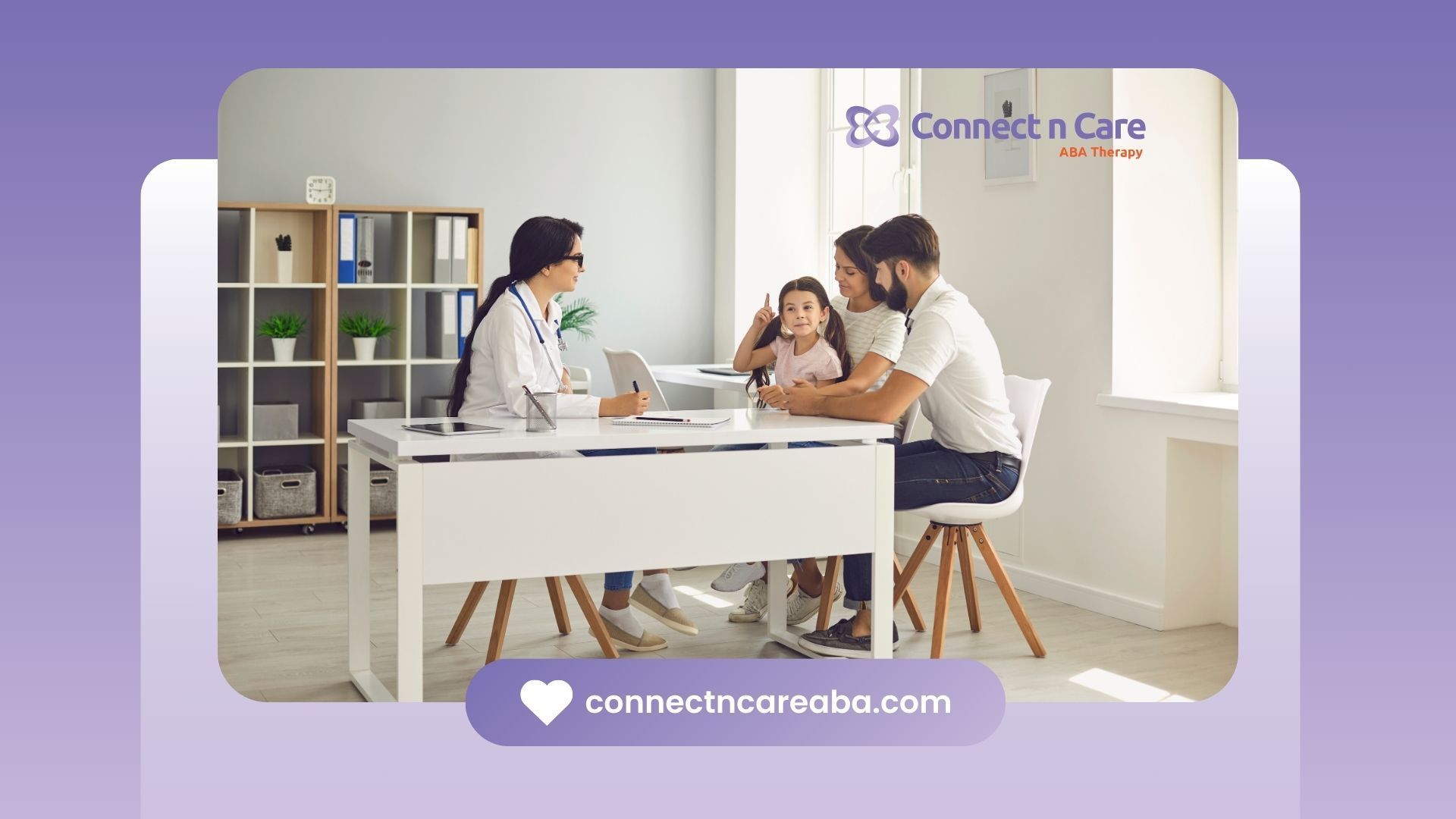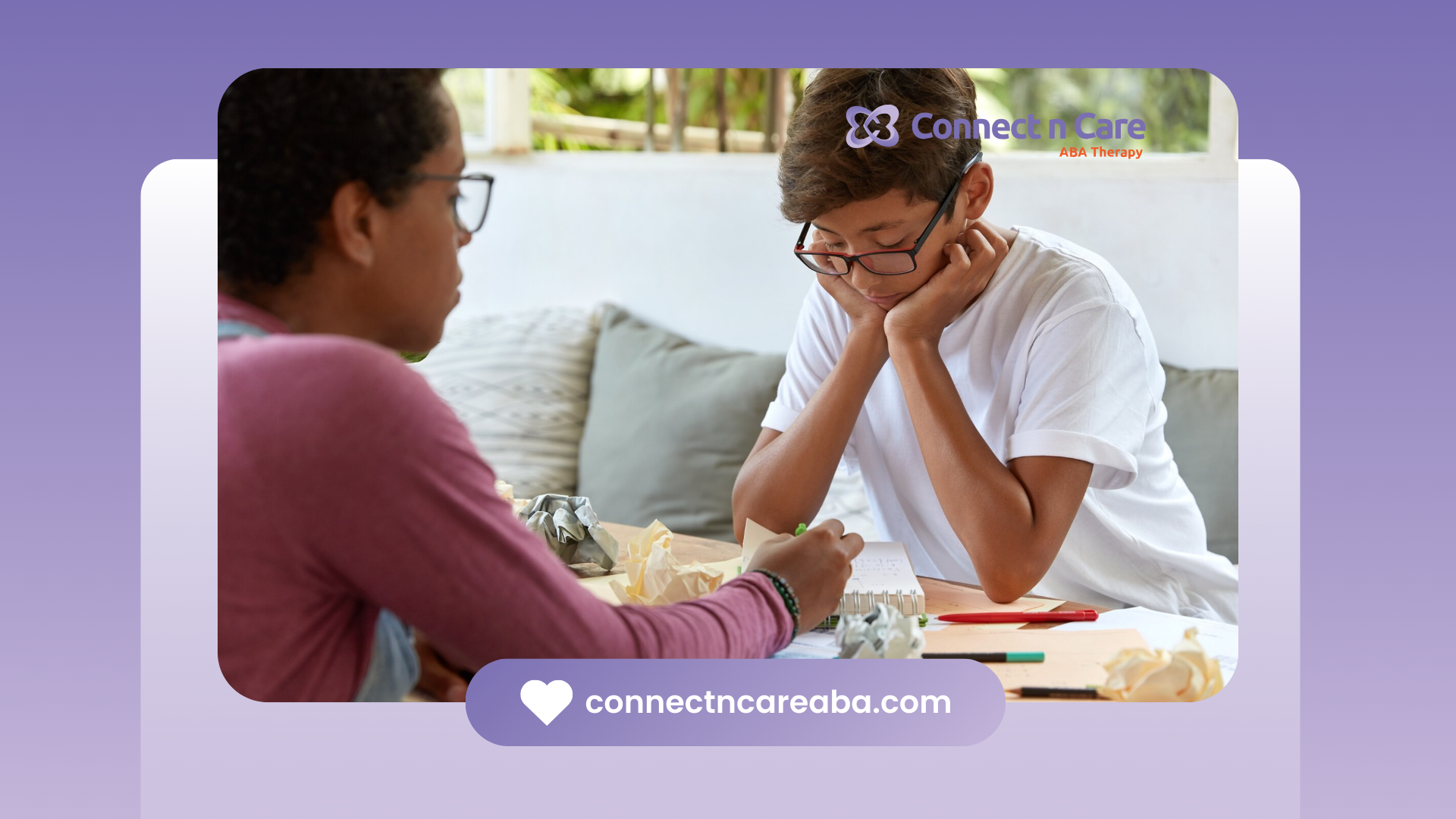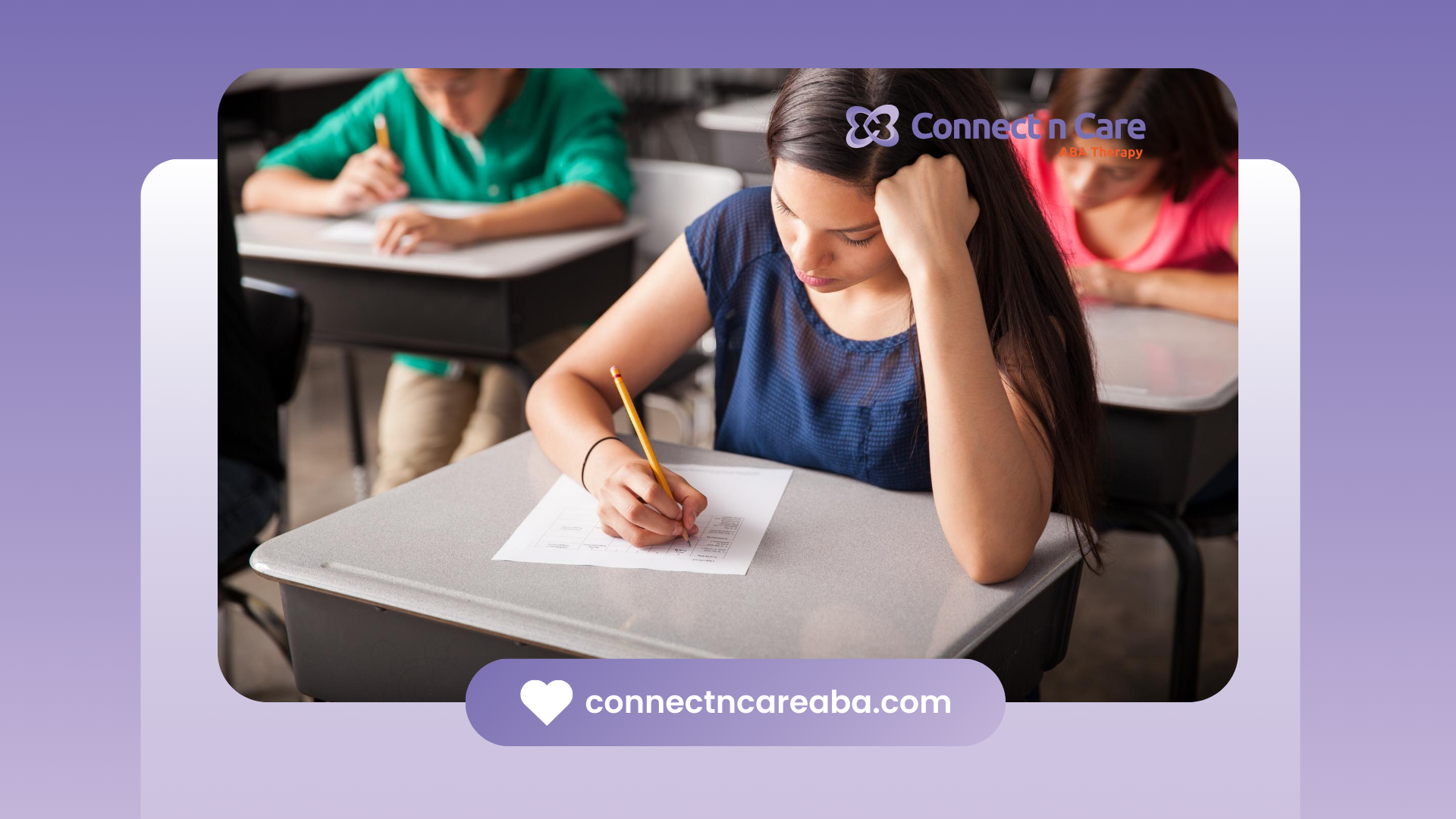Fun and Engaging ABA Sessions: A Comprehensive Guide
ABA therapy, based on applied behavior analysis, is very important for helping children grow and learn, especially in reducing challenging behaviors associated with autism spectrum disorder. ABA programs focus on setting up exciting sessions, enabling us to make the most of ABA therapy and help children do their best. This helpful guide will provide parents and caregivers with useful tips and ideas to turn ABA sessions into enjoyable and valuable experiences.
The Foundations of ABA Therapy
Applied Behavior Analysis, or ABA, is a scientific method that helps us understand behaviors and how they relate to the environment. By learning about ABA, we can create good ways to encourage positive behaviors and deal with difficult ones. This helps to make a real difference in a child's life.
During ABA therapy sessions, we split complicated skills into smaller parts, easier steps, targeting a specific skill for each child. This makes it simpler for children to learn and do well in different situations. The therapy uses different methods, such as positive reinforcement and prompts, to encourage and lead children toward their therapy goals.
Understanding the Basics of Applied Behavior Analysis
ABA therapy is based on behavior analysis. It offers a clear way to understand and change behavior. This therapy recognizes that people learn behaviors from their surroundings. By changing how they interact with the environment, we can influence their future actions.
Applied behavior analysis mainly focuses on three key ideas: positive reinforcement, prompting, and data collection. Positive reinforcement is important in ABA therapy. It uses rewards and praise to encourage good behavior. Prompting is a technique that helps children learn new skills by offering help and guidance.
ABA therapists collect and study data carefully. This lets them track progress, spot trends, and make smart choices about treatment plans. This method ensures that the help given is right for each child's needs and that progress is monitored closely.
The Significance of Engagement in ABA Sessions
Engaging kids in ABA sessions is very important for their success. When children are motivated and show interest, they will take part more actively. This helps them learn better and remember new skills. Engagement creates a good learning environment. In this space, children feel supported and are excited to take on new challenges.
A big part of keeping kids engaged is using positive reinforcement. When therapists reward good behaviors with praise, rewards, or fun activities, it encourages kids to repeat those behaviors.
Also, when ABA sessions are fun, children start to think positively about therapy. This makes them more open to learning and less likely to want to avoid participation. A fun and engaging setting helps lead to great results in ABA therapy.
Preparing for Success in ABA Therapy
Creating a good place for learning is important for successful ABA sessions. This means having a special therapy area that is quiet, organized, and has all the right materials. A lively and friendly space helps kids focus, stay on track, and truly take part in the activities.
Also, having clear communication with therapists, parents, and caregivers is key. This ensures everyone understands the therapy goals, the child's progress, and any changes needed. Working together and talking openly helps create a strong and effective plan.
Essential Tools and Materials for Engaging Sessions
Having the right tools and materials can greatly improve ABA therapy activities. These tools help with communication, visual learning, and sensory regulation. Some important tools are visual aids like picture cards and schedules, timers, sensory items, and fun rewards like small toys, stickers, or access to favorite activities through task analysis that may assist in teaching complex skills.
Visual aids, including picture cards and social stories, are very useful for kids who learn better with visuals. They show clear ideas, routines, and expectations. This helps grab a child’s attention and enables children to understand and follow instructions more easily.
Moreover, sensory items can help meet sensory needs and create a calm environment. Sensory tools may include weighted blankets, fidget toys, or noise-canceling headphones, based on what the child prefers.
Creating a Stimulating and Positive Learning Environment
A positive learning space is very important for getting the most out of ABA therapy. When we create a fun and caring place, we help children feel safe and motivated. This kind of space allows them to explore, eases their worries, and encourages good behaviors.
One way to create this environment is by including parts of the child's natural environment in therapy sessions. This could mean using toys they know, doing activities they enjoy, or setting up situations that look like real-life events. When we connect therapy to everyday activities and everyday life, it supports the use of new skills, making learning more meaningful.
Also, it is key to keep a positive and supportive attitude during therapy sessions. Therapists should work to make a warm and friendly space where children feel safe to take risks, learn from their mistakes, and celebrate their wins.
A Beginner's Guide to Conducting Fun ABA Sessions
Transforming ABA sessions into fun experiences takes creativity and flexibility. It also requires knowing each child’s interests, strengths, and child’s age well. Using play-based learning, visual aids, and technology can help make therapy sessions something kids enjoy.
Keep in mind that every child is different. What works for one child may not work for another. So, we need to be flexible and ready to change our strategies as needed to support each child's unique needs. You can find aba services near me to help you with ABA sessions into fun experiences.
Step 1: Identifying Individual Interests and Strengths
The first step in making fun of ABA sessions is to find out what the child likes and what they are good at. When you match activities to a child’s interests, they are more likely to enjoy learning. If kids are really interested in what they learn, they stay engaged and motivated.
Start by watching the child play on their own. Pay attention to their favorite toys, activities, and topics. Talk to parents, caregivers, and teachers to learn more about what the child enjoys. Once you know their interests, fit those into therapy activities.
For instance, if a child loves dinosaurs, you can use dinosaur toys to teach counting, colors, or social skills. Using their interests can make learning fun and more meaningful.
Step 2: Integrating Interactive Activities and Games
Integrating fun activities and games can boost engagement in ABA therapy sessions. Games that incorporate ABA therapy strategies make learning more enjoyable and can feel like play rather than work. By using games that focus on specific therapy goals, therapists can make learning exciting and motivating.
Here are some simple ways to add games to ABA sessions:
- Board games: Board games can be changed to help teach different skills like taking turns, following rules, and social interaction.
- Sensory bins: Sensory bins filled with different textures, colors, and items allow for sensory exploration, help with language skills, and practice fine motor skills.
- Outdoor play: Doing outdoor activities like obstacle courses, scavenger hunts, or playing with bubbles helps improve gross motor skills, social interaction, and imaginative play.
It’s important to choose games that fit the child's age, skill level, and interests.
Step 3: Employing Creative Use of Rewards and Incentives
Positive reinforcement is very important in ABA therapy. Using fun rewards can make sessions better and more exciting for kids. Rewards should be tailored to what each child likes. It’s best to give these rewards right after the child shows good behavior to help encourage them to keep it up.
When picking rewards, think about what interests the child. Some kids might love receiving praise and kind words. Others might prefer small items like toys, stickers, or fun activities.
It's helpful to mix up the rewards so the child does not get bored. By regularly linking good behavior with positive reinforcement, we can help shape behavior and support learning in a kind and encouraging way.
Step 4: Incorporating Family Members in Activities
Involving family members in ABA sessions can be very good for children’s growth and use of skills. When family members take part in therapy, children can practice new skills in a safe and known space. This can help strengthen their skills and make them more likely to use them in everyday life.
Family members can also share important information about the child’s likes and dislikes or the challenges they face. This information helps therapists plan better sessions. Plus, having family members in therapy builds teamwork and shared responsibility. It creates a strong support system for the child.
Think about inviting family members to join in activities that work on social skills, communication, or daily tasks. Having loved ones around can make learning feel more natural and comfortable for the child. It can improve their overall therapy experience.
Enhancing ABA Techniques for Varied Learning Styles
Recognizing that children learn differently is important for making ABA therapy work well. Some kids do better with visual aids. Others might learn best through hands-on activities or listening. We can make therapy more fun and suitable for everyone by adjusting sessions to fit different learning styles.
Think about using a multi-sensory method. This means using visual, auditory, kinesthetic, and tactile elements to share information and involve the child. By meeting different learning needs, we can build a more inclusive and effective learning space.
Tailoring Sessions to Meet the Unique Needs of Each Learner
It's important to keep in mind that every child is different. Each child comes to ABA therapy with their own strengths, challenges, and ways of learning. ABA strategies embody the main ideas of ABA and need to be tailored to fit each child's needs, ensuring they also meet the child’s needs. This means the therapy should support their personal goals, interests, and learning styles.
Regular assessments are key. They help in spotting what the child needs and tracking their progress. This way, therapists can change therapy plans as needed. By watching how the child responds and adjusting the strategies, therapists can provide a learning experience that truly fits the child.
Also, keeping communication open with parents, caregivers, and other professionals is vital. This helps gather a complete understanding of the child's needs. It also ensures that therapy is right for the child's overall growth and development.
Utilizing Technology and Multimedia for Greater Engagement
In today's world, technology and multimedia are great ways to make ABA therapy activities more engaging. We have many tools to choose from, such as educational apps, interactive whiteboards, tablets, and computers. These tools can create fun and interactive learning experiences.
Technology works well for kids who learn better with visuals or sounds. For instance, educational apps can offer games, songs, and videos that help teach language, social skills, and basic academic topics.
Also, technology can help make visual schedules and social stories. These are useful in improving communication and understanding. When therapists use technology in a smart way, they can make ABA therapy sessions more effective and engaging.
Conclusion
In conclusion, fun ABA sessions are vital for good therapy. When you pay attention to what individuals like, create a friendly space, and add interactive activities, everyone enjoys learning more. Adjusting methods to fit different ways of learning and using technology also makes effective ABA sessions more productive. With hard work and creativity, ABA therapy can be impactful and enjoyable. It helps people grow and develop in a caring place. Whether you are new to ABA or want to improve how you work, having engaging sessions can really help achieve good results for learners.
As a leading ABA provider in North Carolina, Connect n Care ABA is dedicated to making ABA therapy a positive and enjoyable experience for individuals with autism spectrum disorder. Our experienced team of behavior analysts incorporates a variety of fun and engaging activities into personalized treatment plans, ensuring that learning is both effective and enjoyable. Choose Connect n Care ABA for compassionate, evidence-based care that empowers individuals with autism to reach their full potential.
Frequently Asked Questions
What are some examples of fun activities for ABA sessions?
Fun activities for ABA sessions can include using sensory items like playdough or kinetic sand to create a daily routine. You can also engage in social interactions through board games or puppet shows. Using toys that children like helps teach new skills. When activities are fun and interactive, kids are more likely to join in and learn.
How can I tell if the ABA activities are effective?
Effective ABA therapy includes regular data collection and analysis. We need to track the child’s progress toward therapy goals. This helps us see how well the ABA activities are working. It is also important to have regular talks with therapists. This way, we can get feedback and make changes to the treatment plan when needed.









